Drumming has been an integral part of music for centuries, shaping rhythms and setting the foundation for countless genres. Over time, groundbreaking moments have revolutionized drumming, from technological advancements to innovative playing styles. These pivotal moments not only changed the way drummers approach their craft but also influenced the broader musical landscape. In this article, we explore some of the most revolutionary moments in drumming history and how they have shaped modern drumming.
The Invention of the Drum Kit
Before the modern drum kit, percussion instruments were played separately by multiple drummers in orchestras or military bands. The invention of the bass drum pedal in the early 1900s allowed one drummer to play multiple percussion instruments simultaneously, leading to the development of the drum set. This breakthrough paved the way for drummers to expand their role in music, giving rise to dynamic and versatile drumming styles.
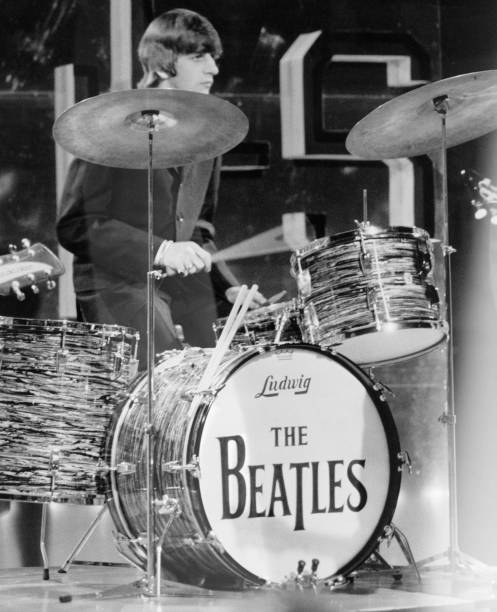
Key Innovations:
- 1909: Ludwig & Ludwig introduced the first modern bass drum pedal.
- 1920s: Drum kits became standard in jazz bands, allowing drummers to play snare, toms, bass drum, and cymbals together.
The Rise of Jazz Drumming and Swing Feel
Jazz drummers like Gene Krupa and Chick Webb revolutionized drumming in the early 20th century with a swing feel and complex syncopation. This era contains some of the Revolutionary Moments in Drumming History. Their ability to improvise and create expressive rhythms influenced generations of drummers and set the stage for modern jazz and big band music.
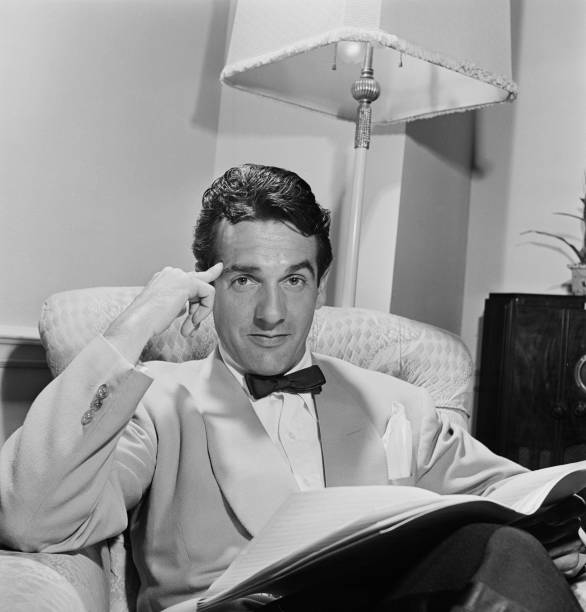
Impact:
- Gene Krupa popularized the floor tom and drum solos, elevating drummers to the forefront of bands.
- Swing drumming laid the foundation for modern rock, funk, and hip-hop rhythms.
Rock & Roll and the Power of Drum Beats
The 1950s and 1960s saw the explosion of rock and roll, bringing drummers like Ringo Starr, Keith Moon, and John Bonham into the spotlight. This era also contains some of the Revolutionary Moments in Drumming History. Their powerful, driving beats defined the sound of rock music and inspired generations of drummers.
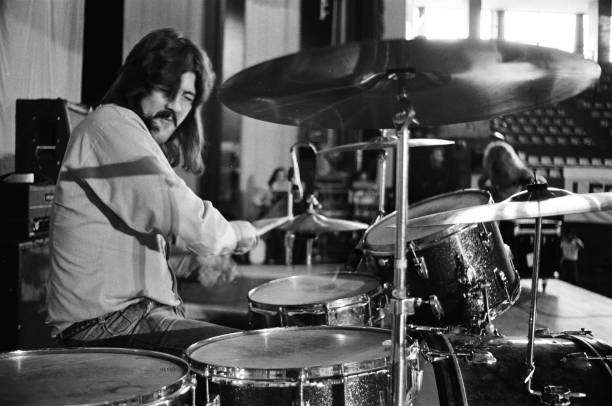
Revolutionary Contributions:
- Ringo Starr’s use of steady, melodic drumming in The Beatles’ songs shaped modern rock drumming.
- Keith Moon (The Who) introduced wild, energetic fills that broke traditional drumming rules.
- John Bonham (Led Zeppelin) pioneered heavy, thunderous drumming with deep grooves.
The Birth of Double Bass Drumming
Double bass drumming, a technique using two bass drums or a double bass pedal, changed the drumming world forever. Initially popularized in jazz and big band music, it later became a defining element in rock and metal drumming.
Key Moments:
- Louie Bellson, in the 1940s, was the first to use a double bass drum setup in jazz.
- Metal drummers like Dave Lombardo (Slayer) and Lars Ulrich (Metallica) made double bass drumming a staple in heavy music.
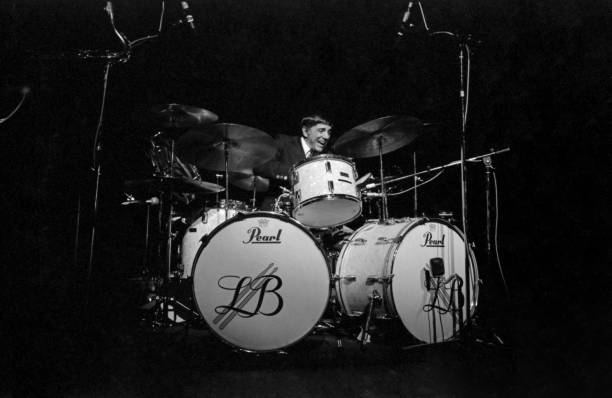
Electronic Drums and the Digital Revolution
The introduction of electronic drums in the late 20th century changed drumming forever. Companies like Roland and Simmons developed electronic drum kits, which allowed drummers to experiment with digital sounds, trigger samples, and integrate electronic elements into their setups.
Game-Changing Developments:
- 1980s: Simmons introduced the first widely used electronic drum kit.
- Roland V-Drums set new standards for electronic drum realism in the late 1990s.
- Modern drummers blend acoustic and electronic drums for versatility in live and studio performances.
The Role of Hip-Hop and Sampling
Hip-hop revolutionized drumming by shifting the focus to sampled beats and programmed rhythms. Legendary drummers like Clyde Stubblefield (James Brown) had their drum breaks sampled thousands of times, influencing modern beat-making and drum production.
Influences:
- Clyde Stubblefield’s “Funky Drummer” break became one of the most sampled beats in history.
- Drum machines like the Roland changed the landscape of hip-hop and electronic music.
- Drummers now incorporate hybrid kits to blend live playing with digital elements.
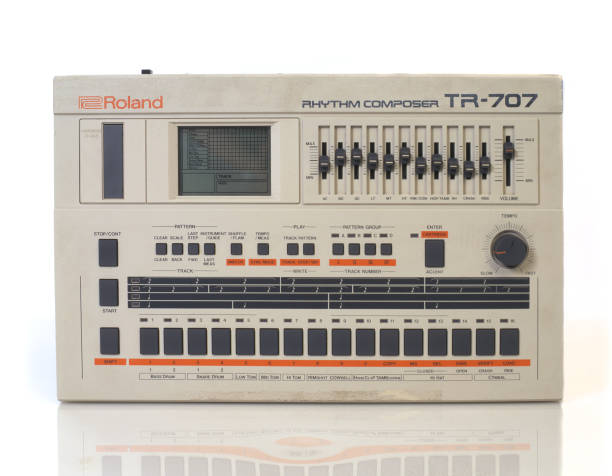
The Emergence of Progressive and Experimental Drumming
Drummers like Neil Peart (Rush), Danny Carey (Tool), and Mike Portnoy (Dream Theater) pushed drumming to new technical and creative limits, introducing odd time signatures, polyrhythms, and intricate drum solos.
Key Contributions:
- Neil Peart’s elaborate drum solos and storytelling approach inspired countless drummers.
- Danny Carey’s fusion of electronic and acoustic drumming set new benchmarks for technical drumming.
- Progressive rock and metal introduced new rhythmic concepts that expanded drumming possibilities.
FAQs About Revolutionary Drumming Moments
1. Who was the first drummer to use a full drum set?
The modern drum set evolved in the early 1900s, but Baby Dodds is often credited as one of the first drummers to use an early version in jazz music.
2. How did double bass drumming change music?
Double bass drumming allowed drummers to create faster, more complex rhythms, influencing rock, metal, and jazz fusion.
3. What was the most sampled drum beat in history?
Clyde Stubblefield’s “Funky Drummer” break is considered the most sampled drum beat, shaping hip-hop, funk, and electronic music.
4. How have electronic drums influenced modern music?
Electronic drums introduced digital sampling, triggering, and hybrid drumming, giving drummers more creative options in live and studio settings.
Drumming has undergone remarkable transformations, from the invention of the drum kit to the rise of electronic drumming. Each revolutionary moment in drumming history has contributed to the way drummers express themselves, innovate, and push the boundaries of rhythm. Whether through the swing rhythms of jazz, the powerful beats of rock, or the electronic integration in modern music, drumming continues to evolve and shape the future of music. As technology and creativity advance, the next revolutionary drumming moment could be just around the corner.
